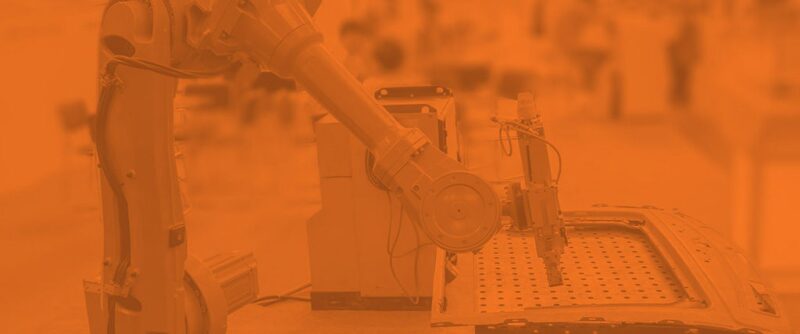Robotics technology has hit an inflection or tipping point and is poised to drive major breakthroughs soon in the upstream oil industry, said R. Matthew Ondler, president and CEO of Houston Mechatronics, at Aramco Innovation Day at the Houston Petroleum Club. The half-day event was sponsored by Aramco Services Company.
In his presentation, Ondler likened the inflection point to that which occurred surrounding the Internet, online communication, and email during the mid-1990s.
Similarly, the past 7 years have seen the emergence of many professionally designated roboticists, a growth in university robotics degree programs, advances in embedded computing, protocols for the interconnectivity of devices, and the development of low-cost sensors, he said. These together have led to a new tipping point.
Iconic Technology
“The iconic technology of this century will be robotics,” said Ondler, a former National Aeronautics and Space Agency (NASA) roboticist, who started his company with two other ex-NASA roboticists in 2014. Houston Mechatronics now has 45 employees and has doubled year-over-year revenue growth for 3 years.
Ondler discussed several of the company’s initiatives, including a partnership with Schlumberger to facilitate the development of that company’s “rig of the future.” Houston Mechatronics is the robotics and intelligent automation provider for that project.
“The rig is a robot to us,” Ondler said. “What a robot does is it senses the environment and then manipulates the environment based on what it senses.”
Building the Connectivity
Schlumberger possesses all the hardware and technology for constructing a land rig. “What we helped them build is the connectivity layer,” Ondler said.
Through its robotic capabilities, the rig is able to complete a land well in 30% less time than a conventional rig and reduce worker exposure to hazardous environments such as pipe-handling.
Two other ongoing Houston Mechatronics projects related to oil and gas are
The development of a robotic, tetherless pipe-inspection tool that can function successfully regardless of the number of U-shaped bends in the piping. The tool can measure wall thickness over 100% of any pipe system.
Robotic applications to advance the electrification of subsea equipment, which will lead to simpler well-tree designs, smaller manifolds, and less subsea piping.
Moving Toward Electric Actuation
“We have some customers that are very interested in going away from hydraulics subsea and going to electric actuation,” Ondler said. Among the benefits envisioned are a reduction in performance loss related to water depth and the avoidance of leaks from hydraulic systems.
“We are building a whole host of electric subsea actuators designed for 3,000 meters and 15,000 psi,” he said.
Over the longer term, the company is focusing on applications “that will upend how subsea services are done,” Ondler said.
New Services Model
For 3 decades, the model for delivering these services has consisted of sending boats to the field to deploy tethered remote-operated vehicles (ROVs) to perform inspections and interventions. While the boats bring the ROV to the worksite, Ondler said their main purpose is to house the crew needed to manage the tether and operate the ROV.
His company’s solution to improve the efficiency and cost profile of service delivery is to eliminate the boat, tether, and ROV and replace them with a supervised autonomous device—a robot—that is able to perform the services while being responsive to the work environment.
Robot operations would rely on acoustic signaling, which would enable low-cost data transmission in a low-bandwidth environment.
“We’ll be operating these as a service,” Ondler said. “We very quickly learned that if you’re in the robot-selling business, that’s not nearly as good as the robot-as-a-service business. And ultimately what the customer wants isn’t the robot, the customer wants the service that the robot performs.”

